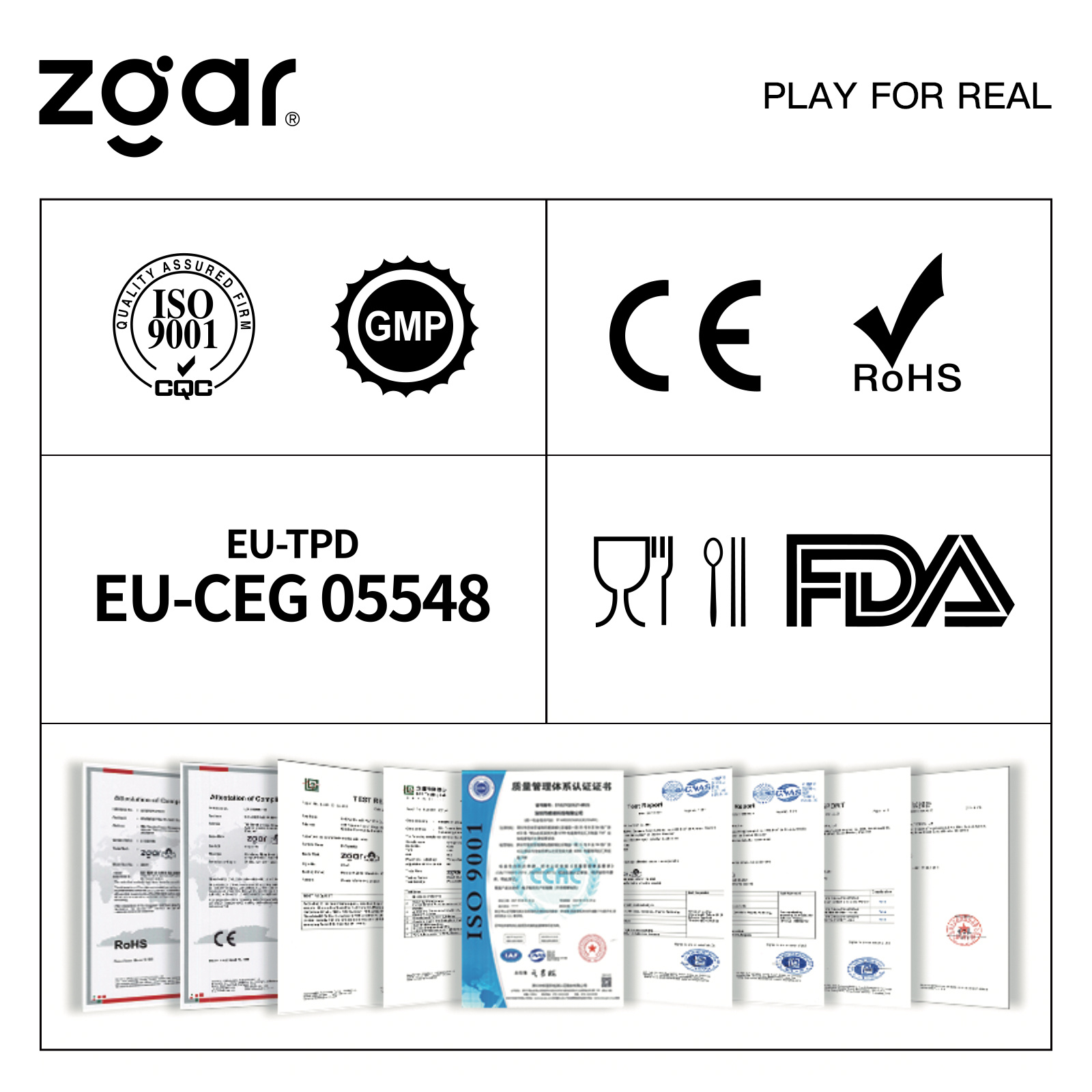 Recently, Japanese consumer electronics companies have successively released their first fiscal quarter report this year. From the data point of view, the results have improved to varying degrees. The reason is that, in addition to the transformation and reorganization that began in the past year, the yen continued to decline. These huge electronics giants in export business have benefited greatly.
Recently, Japanese consumer electronics companies have successively released their first fiscal quarter report this year. From the data point of view, the results have improved to varying degrees. The reason is that, in addition to the transformation and reorganization that began in the past year, the yen continued to decline. These huge electronics giants in export business have benefited greatly. Toshiba, the first to report financial results, even though sales of digital products, including televisions, have decreased compared with the same period of last year, the operating profit deficit has also increased from 13 billion in the previous year to 16.3 billion. However, due to good performance in flash, solar power and other business areas, overall sales in the first quarter reached 1,390.6 billion yen, an increase of 10% from the same period of last year, and net profit also decreased from the same period last year to a deficit of 12.1 billion yen. Converted into 5.3 billion yen profit.
Panasonic actually reduced its sales amount, but benefited from the decline in the exchange rate of the Japanese Yen, its first-quarter revenue was 1.8245 billion yen, which represented a slight increase compared with 18.145 billion yen in the same period of last year, of which overseas sales contributed 99.6 billion yen. yuan. However, Panasonic’s substantial reductions in compression and fixed expenses, together with environmental system solutions, lithium battery marketing, and automotive electronic systems, also contributed to the increase in operating profit. The first fiscal quarter saw a substantial profit, with a net profit of 107.8 billion yen. In the same period of last year, the 12.8 billion yen had doubled. Panasonic said, "This period's net profit is the highest in the past quarter's consolidated settlement performance."
In the first quarter, Sony turned losses into profits, sales revenue increased 13% year-on-year to 17127 million yen, operating profit increased nearly 5 times to 36.35 billion yen, and the financial report mentioned that the favorable exchange rate also increased sales revenue and operating profit. The main reason, the other also includes the growth of financial business income and profits, as well as strong sales of smart phones and substantial increase in profits. Sony maintained its 50 billion yen net profit and 230 billion yen operating profit forecast for fiscal year 2013, and raised its sales forecast by 5% to 7.9 trillion yen.
Sharp's overseas business accounted for nearly half of Sharp's first quarter. Affected by the depreciation of the yen in the first quarter, the loss of the LCD business narrowed, making Sharp's main business profit of 3 billion yen, and a loss of 94.1 billion yen in the same period of last year. The status of the company has greatly improved; in the quarter, Sharp's sales revenue increased 32.6% year-on-year to 607.9 billion yen. This is also the third consecutive quarter of Sharp's main business profitability.
Daikin, whose overseas business continued to improve, was also affected by the depreciation of the yen. In the first fiscal quarter, it achieved revenue of 460.395 billion yen and operating profit of 40.385 billion yen, an increase of 81.4% year-on-year, and a net profit of 26.653 billion yen. Increased by 132.9%. The company expects to target revenue of 920 billion yen in the first half of the fiscal year and a net profit of 42 billion yen in the first half of the fiscal year. The company will target revenue of 176 billion yen in the fiscal year and net profit of 64 billion yen.
Although the figures for the first quarter are still bright, this does not mean a complete improvement. Sharp still has a net profit loss of 17.977 billion yen. Panasonic and Sony all mentioned in the financial report that the overall operating environment is still severe. Sony lowered its annual sales target for consumer electronics such as PCs, TV sets, and video cameras.
Some foreign analysts pointed out that for all Japanese consumer electronics companies, the performance of the first fiscal quarter was better, and the factors for the depreciation of the yen accounted for a large proportion of them, obscuring the fundamental problems, that is, the core electronic products business. It has not been changed, considering the need for heavy hot products to be launched, thus regaining its leading market position in key product areas.
ZGAR AZ BOX Vape
ZGAR electronic cigarette uses high-tech R&D, food grade disposable pod device and high-quality raw material. All package designs are Original IP. Our designer team is from Hong Kong. We have very high requirements for product quality, flavors taste and packaging design. The E-liquid is imported, materials are food grade, and assembly plant is medical-grade dust-free workshops.
Our products include disposable e-cigarettes, rechargeable e-cigarettes, rechargreable disposable vape pen, and various of flavors of cigarette cartridges. From 600puffs to 5000puffs, ZGAR bar Disposable offer high-tech R&D, E-cigarette improves battery capacity, We offer various of flavors and support customization. And printing designs can be customized. We have our own professional team and competitive quotations for any OEM or ODM works.
We supply OEM rechargeable disposable vape pen,OEM disposable electronic cigarette,ODM disposable vape pen,ODM disposable electronic cigarette,OEM/ODM vape pen e-cigarette,OEM/ODM atomizer device.


ZGAR AZ BOX Vape,ZGAR AZ BOX disposable electronic cigarette,ZGAR AZ BOX Vape vape pen atomizer , AZ BOX Device E-cig,AZ BOX disposable electronic cigarette
Zgar International (M) SDN BHD , https://www.szvape-pen.com